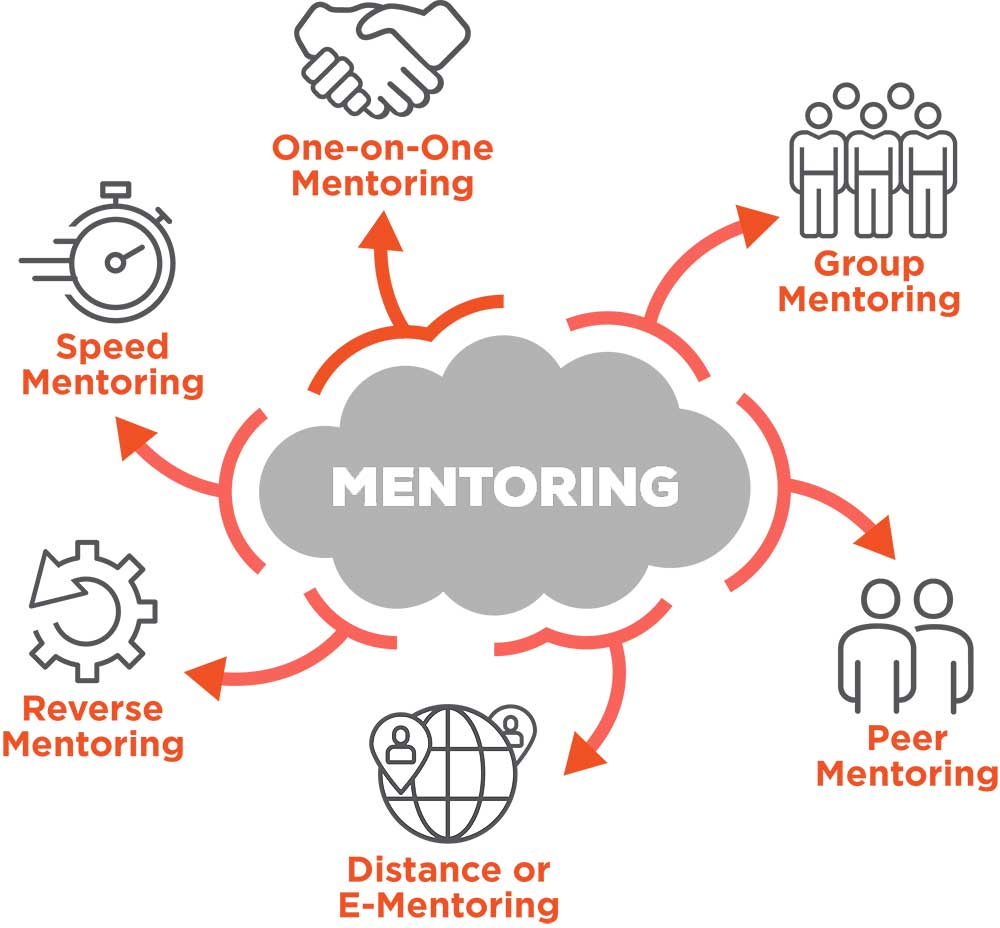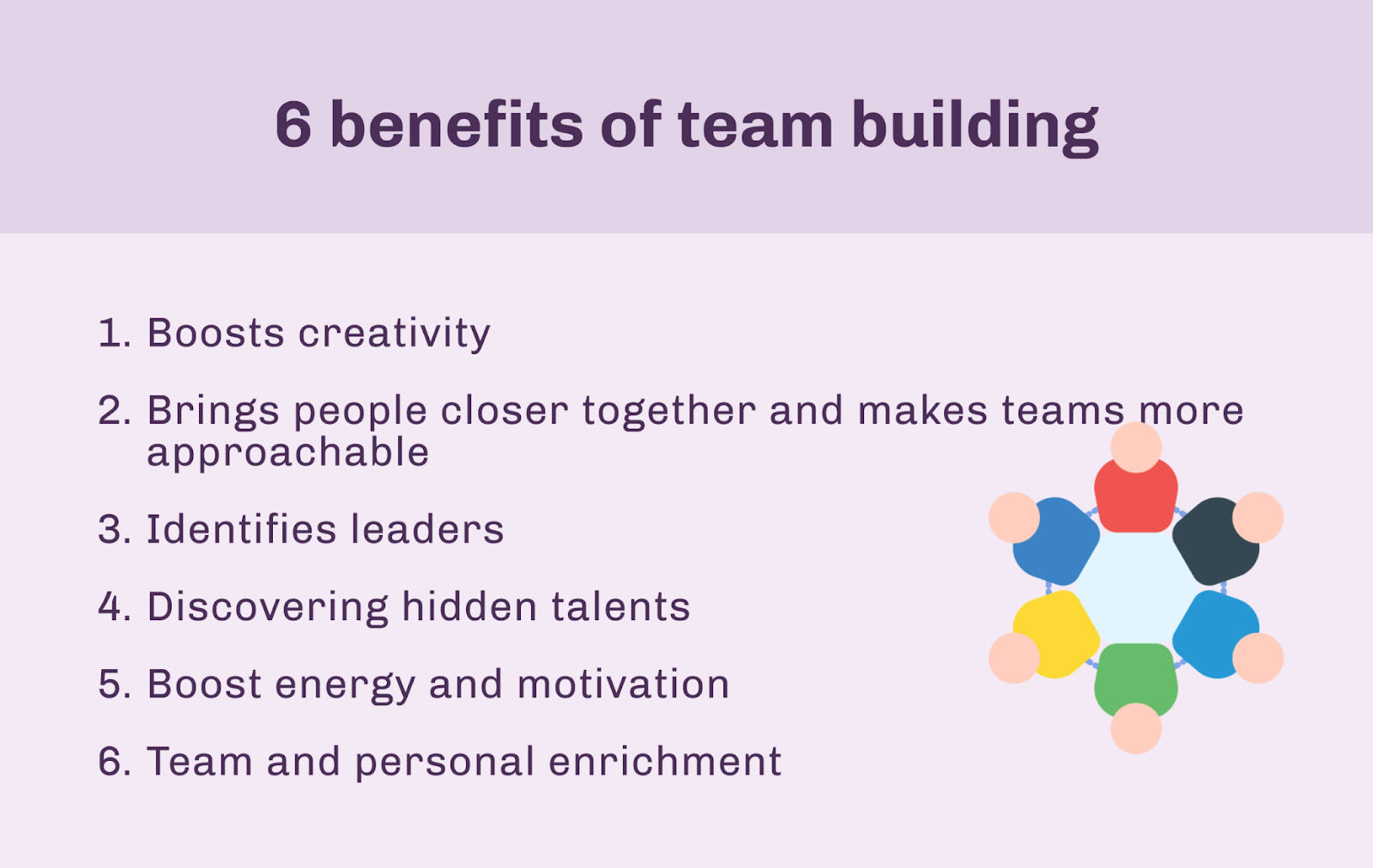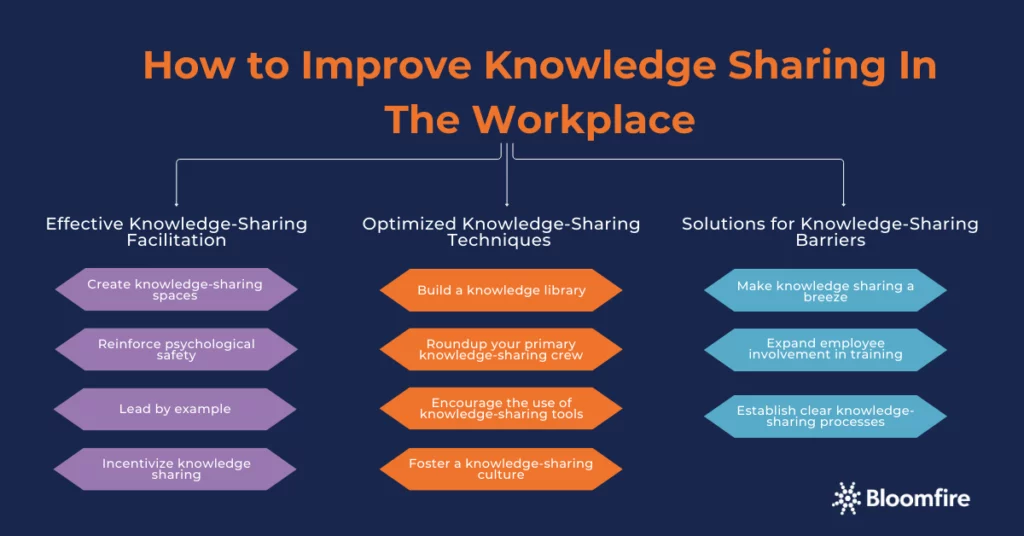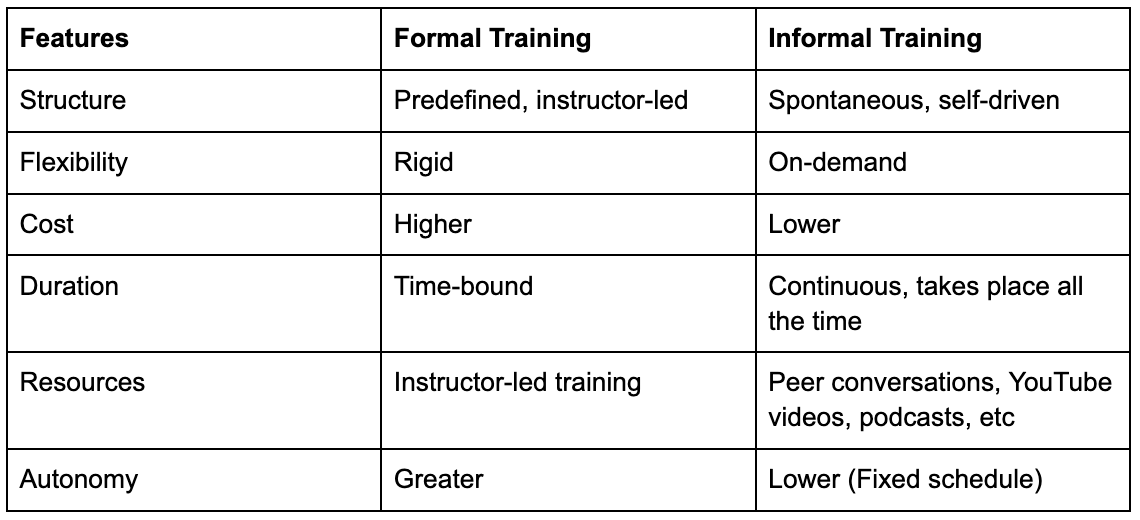What is Informal Training and How Does It Help Business Train Employees
Discover what informal training is and how it boosts employee performance. Learn the key benefits, types, and examples of informal training in the workplace.
Discover what informal training is and how it boosts employee performance. Learn the key benefits, types, and examples of informal training in the workplace.

In modern workplaces, learning doesn’t just take place inside classrooms and corporate seminars. More often than not, it occurs naturally during conversations and everyday interactions. This natural, spontaneous way of learning is known as informal training and is one of the most impactful yet underutilized training methods.
According to the 70:20:10 rule, 70% of the employee learning happens informally through on-the-job experiences, and 20% from interactions with others. Only 10% occurs through structured, formal training. This statistic alone makes a compelling case for the importance of informal training.
In this guide, we'll break down what informal training is and explore its different types and benefits. We'll also explain how you can leverage this training to build a smarter and more agile team. .
Informal training is a type of nontraditional, self-directed learning method that occurs organically during daily tasks, workplace interactions, on-the-job experiences, and interactive quizzes.
In comparison to formal training, it isn’t bound by strict schedules, structured lesson plans, or mandatory assessments. Instead, it unfolds naturally, without the learner even realizing it.
“Formal learning is like riding a bus: the driver decides where the bus is going; the passengers are along for the ride. Informal learning is like riding a bike: the rider chooses the destination, the speed, and the route.” – Jay Cross, author of the book Informal Learning
What sets informal training apart is its adaptability. It caters to individual learning styles and paces. This characteristic makes it an ideal training method for modern professionals who prefer to learn on demand and at their own pace. Since it’s embedded in regular conversations and interactions, employees also tend to retain and apply the knowledge more effectively.
According to research by Deloitte, nearly 80% of workplace learning occurs through on-the-job interactions, rather than structured training programs.
Whether it’s mentoring, team exercises, or job shadowing, informal training provides employees with the opportunity to learn from observing and engaging in real-world experiences. Let’s take a look at some of the most common types of informal training in workplaces:

Mentorship is one of the most powerful informal tools in any informal training strategy. It allows employees to receive one-on-one guidance from more experienced colleagues, receive real-time feedback, and develop strong connections at work.
A Forbes report found that 89% of the employees with mentors believed their work was more valued. This highlights the motivational and cultural impact of encouraging mentorship, as well as the benefits of peer learning in the workplace.
Beyond technical knowledge, mentorship also helps develop essential soft skills, including communication, decision-making, and confidence-building.
Bonus Tip: Encourage reverse mentorship, where junior employees share their perspective and learning with experienced colleagues. This fosters two-way learning and ensures that every voice is heard and valued.
Shadowing means observing a senior team member perform their role, offering a first-hand look into workplace dynamics and flaws. It is particularly useful during onboarding or role transitions, allowing individuals to observe and become comfortable before assuming their new roles.
Unlike mentorship, it is a relatively short-term and focused approach that concentrates on specific areas of expertise. By observing real-time workflows and workplace dynamics, employees gain practical insights that increase engagement, retention, and productivity.

Team-building exercises serve as an informal training opportunity for developing collaboration and problem-solving skills. Additionally, it fosters a friendly and supportive environment in the workspace, which contributes to a respectful and cohesive workforce.
Whether it's a brainstorming session or a company retreat with games and challenges, well-designed team-building exercises help break the ice. They develop a sense of togetherness among employees, which encourages them to share their knowledge without any barriers.
Hybrid or remote workplaces, where face-to-face interactions are not always feasible, benefit most from asynchronous learning modules. This type of informal training includes documents, recorded training sessions, and other self-paced resources that employees can access from anywhere, anytime.
eLearning platforms like Coursebox make it easy to roll out asynchronous training with built-in tracking. The benefits go both ways: employees get the flexibility to learn at their own pace, while the administration monitors their progress conveniently.
Quizzes don’t always have to be intimidating and competitive. When utilized for informal training, they become quick, engaging check-ins that integrate learning into everyday workflows.
By incorporating short quizzes on work processes, recent company policies, and employee skills, workplaces can effectively reinforce knowledge and monitor employee progress. Encouraging your employees to take these quizzes through the company’s LMS can help in better information retention without creating performance pressure. Employees can also gauge where they stand through these quizzes and work on their skills.
Coursebox is an e-learning platform that streamlines the process with its AI-powered Learning Management System. It allows you to create AI quizzes and assessments from your resources with just a click.
Simply upload your training material, and Coursebox will instantly generate quizzes and assessments. This saves time while ensuring your team stays sharp, informed, and engaged.
Videos remain one of the most favorite formats for informal training, and for good reason. From YouTube videos to internal screen-recorded tutorials, video content allows users to pause, replay, and absorb complex concepts at their own pace. From virtual instructor-led training to recorded Zoom sessions, this form of informal training is a flexible and low-cost training option.
Approximately 85% of the learners believe that video technology significantly improves their learning experience, which explains the popularity of video content. When static information is converted into colorful visuals, employees feel more invested in the training. From virtual instructor-led training to recorded Zoom sessions, this form of informal training is a flexible and low-cost training option.

Gamification makes learning engaging, competitive, and rewarding. As a result, your employees feel more pumped to give their best. By turning training into a game with points and leaderboards, gamified learning platforms keep employees engaged while reinforcing core concepts.
Learning simulation tools, such as virtual labs and Augmented Reality (AR) scenarios, enable employees to learn by engaging in hands-on activities. It provides a safe digital environment for all employees to learn from real-world scenarios set in a virtual environment.
While formal training is important, it is the day-to-day informal training that shapes an employee's skillset, confidence, and mindset. Here are some benefits of informal training and how it helps businesses build a smarter team:
Unlike traditional classroom training, informal training removes the pressure of tests, evaluations, and rigid expectations. Employees are free to learn at their own pace through peer coaching, shadowing, or even social interactions with their colleagues. This freedom fuels curiosity and makes learning more engaging.
Informal training provides employees the opportunity to choose what, when, and how they want to learn. The self-directed model offers a greater sense of autonomy, which improves their productivity. This means instead of passively absorbing content, your employees take an active part in their development by watching video tutorials on YouTube or discussing a project with a senior team member.
The beauty of informal training lies in its flexibility. From casual work discussions with colleagues to browsing Slack channels and watching YouTube videos, learning can occur anywhere. This mix of real-time learning and diverse sources ensures the employees stay updated with fresh and highly relevant content.
One of the highlights of informal training is its agility. Instead of waiting for the management to organize a formal training, it encourages employees to access knowledge whenever they need it. Be it watching demos, peer coaching, or casual discussion over lunch, informal training encourages the “Learn by doing” approach. This promotes problem-solving skills and knowledge retention.
With informal training, companies leverage existing internal knowledge, tools, and platforms to upskill their employees. There is no need for external trainers, a training budget, or months of planning. A quick demo by an experienced team member or a casual discussion over lunch yields high-impact results at virtually no cost. Compared to formal training, this is way less expensive and consumes less time without disrupting the workflow.
In today’s fast-paced work environment, employees don’t always have time for formal training. Much of what they learn happens organically through knowledge sharing during meetings, peer conversations, or job shadowing. This is why fostering a culture of informal training at your workplace is a great idea.
Here are five ways to encourage informal training at your workplace:

One of the easiest ways to nurture informal training is by encouraging team members to share what they know. Whether it’s a screen-recorded demo, a quick how-to guide, or a live discussion, leveraging others’ experiences is a great idea.
Try hosting monthly “Lunch-and-learn” sessions where everyone comes together to share a new skill or insights on a topic.
Although informal training doesn’t require structured learning, you still need to keep your learning resources organized in a shared knowledge hub. Maintain a digital library with how-to guides, demo videos, relevant articles, and podcasts. You can also upload all the material in an LMS, which categorizes it automatically, making it easier for employees to access on demand.

A recent survey reveals that employees with professional development opportunities feel 15% more engaged. Thus, it’s a good idea to officially dedicate 30–60 minutes each week for informal training to facilitate self-guided learning. This includes listening to relevant podcasts, engaging in work-related discussions, or watching tutorials on relevant topics.
Social media is a powerful informal training tool that keeps employees connected to a broader industry. Encourage your team members to join LinkedIn groups and engage in relevant Reddit forums and X chats. This helps them stay ahead of industry trends and learn from experienced individuals in the same field outside their workplaces.

Books are an excellent gateway to developing essential soft skills, such as communication, empathy, and confidence. Let your employees vote on a book and host a casual discussion over coffee or lunch. Book clubs create space for deeper conversations and peer learning that naturally build soft skills without feeling like training.
While formal training follows a fixed structure, complete with instructors, schedules, and assessments, informal training happens naturally, such as during peer conversations. Here’s a table to help you understand the differences between formal and informal training.

Formal training is a planned and structured approach to training employees, typically conducted by an external instructor. It's a traditional training method that has a set duration and goals, and takes place in a classroom setting or online.
Examples of formal training include: online learning courses, workshops, seminars, webinars, and classroom instruction. It follows a set of goals and objectives with a pre-defined structure that enables employees to upskill and expand their knowledge.
Pros of informal training include:
Cons of informal training are:
Informal training should not be taken lightly. It is often the primary way employees learn and grow in their roles. From quick tips over Slack to spontaneous peer conversations, these moments drive growth, often more effectively than formal training.
By recognizing the importance and supporting informal training, you can empower your team to learn continuously and adapt faster. eLearning platforms like Coursebox make it easy to integrate informal learning into your broader L&D strategy.
With AI-powered tools for creating quizzes, assessments, and tracking engagements, Coursebox helps you scale informal training while keeping it self-driven and flexible.
Start your free trial today and empower your team to learn as they work!
